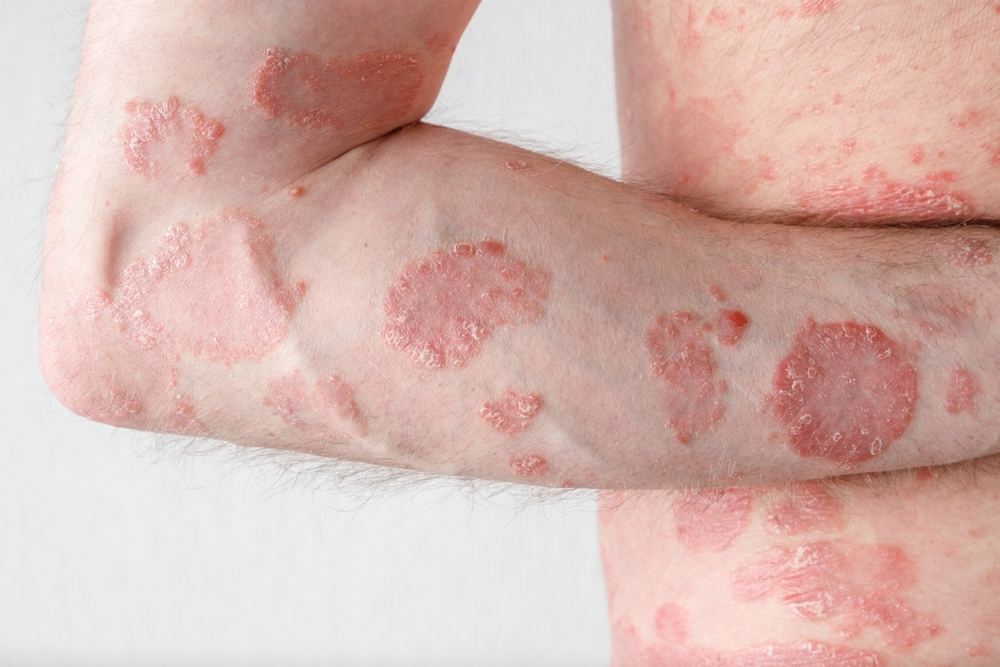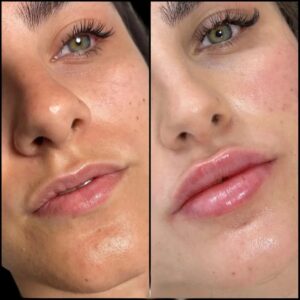
understanding contact dermatitis
Introduction
Dealing with itchy, red, or inflamed skin can be frustrating. You may wake up one day with a rash and wonder, is this eczema or contact dermatitis? The two conditions often look alike, which makes it difficult to tell them apart. However, understanding contact dermatitis and knowing how it differs from eczema can help you manage your skin more effectively.
In this blog, we will break down what makes eczema different from contact dermatitis. We’ll explore causes, symptoms, treatment options, and prevention strategies. By the end, you’ll have a clearer view of both conditions and feel more confident about your next steps in skin care.
What is Eczema?
Eczema, also called atopic dermatitis, is a long-term condition that affects the skin’s protective barrier. It often starts in childhood, but it can affect adults as well. While the exact cause is still being studied, genetics, immune system response, and environmental triggers are all believed to play a role.
Eczema typically appears as patches of red, dry, or scaly skin that itch intensely. If scratched often, these patches can thicken and crack. Unlike contact dermatitis, eczema is not always triggered by touching a specific substance, which makes it harder to avoid flare-ups completely.
Common signs of eczema include:
- Dry, itchy skin that may worsen at night
- Red or inflamed patches that come and go
- Rough or thickened areas from repeated scratching
If you live with eczema, you know it requires daily care. Moisturizers, gentle cleansers, and awareness of triggers can make a noticeable difference.
What is Contact Dermatitis?
Contact dermatitis happens when your skin reacts to something it touches directly. This reaction can be caused by chemicals, fragrances, detergents, or even natural plants like poison ivy.
There are two main types of contact dermatitis:
- Irritant contact dermatitis: Caused by substances that directly damage the skin, such as soaps or cleaning products.
- Allergic contact dermatitis: Triggered by an allergic reaction to things like nickel in jewelry, fragrances, or certain preservatives.
Symptoms of contact dermatitis often include:
- Red or swollen patches that appear where contact occurred
- Itching, burning, or stinging sensations
- Small blisters or dry, cracked skin
Unlike eczema, contact dermatitis usually clears up once you identify and avoid the specific irritant or allergen.
Eczema vs. Contact Dermatitis: Key Differences
Because both conditions cause irritation, redness, and itching, many people confuse them. But there are differences worth noting.
Location:
- Eczema often affects common areas like the inner elbows, behind the knees, or on the hands.
- Contact dermatitis usually appears exactly where the skin touches the irritant, such as wrists, neck, or hands.
Timing:
- Eczema flare-ups may last weeks and return periodically.
- Contact dermatitis reactions typically show up soon after exposure and resolve once the trigger is removed.
Appearance:
- Eczema patches are often widespread, thickened, and very dry.
- Contact dermatitis may show localized redness, swelling, or blistering.
Quick comparison:
|
Feature |
Eczema (Atopic Dermatitis) | Contact Dermatitis |
| Cause | Genetic and immune-related | Direct irritants or allergens |
| Duration | Chronic and recurring | Short-term, clears with trigger avoidance |
| Symptoms | Dry, itchy, thickened patches | Redness, swelling, blisters |
| Location | Common on elbows, knees, hands, and face | Limited to the area of exposure |
Triggers You Should Know
Eczema triggers may include:
- Dry climate or cold weather
- Stress and fatigue
- Dust mites, pollen, or animal dander
- Hormonal changes
Contact dermatitis triggers are often:
- Harsh soaps or cleaning products
- Fragrances or preservatives in skincare
- Nickel, rubber, or dyes
- Poison ivy, oak, or other plants
Some irritants, like detergents or soaps, can make both conditions worse. That’s why recognizing patterns and paying attention to your skin’s response is so important.
Diagnosis: How Do You Know Which One You Have?
A dermatologist can usually identify the condition based on your history and a physical exam. In some cases, patch testing is recommended to confirm allergic contact dermatitis.
What to expect during diagnosis:
- Review of your medical and family history
- Examination of the rash, including its location and appearance
- Possible patch tests to identify allergens
Correct diagnosis ensures that you get the most effective treatment without unnecessary trial and error.
Treatment Options
Both conditions can be managed, but treatment depends on which one you’re dealing with.
For eczema:
- Use thick moisturizers daily to protect your skin barrier
- Apply prescribed topical corticosteroids for flare-ups
- Try antihistamines to relieve itching at night
- Stick to fragrance-free skincare products
For contact dermatitis:
- Identify and avoid the specific irritant or allergen
- Use topical corticosteroids to calm inflammation
- Apply cool compresses to soothe discomfort
- Wear protective gloves if contact is unavoidable
Tips for both conditions:
- Keep fingernails short to prevent skin damage from scratching
- Stay hydrated and maintain skin care consistency
- Choose gentle soaps and detergents
- Protect your skin from extreme temperatures
When to See a Doctor
Seek medical advice if:
- The rash spreads quickly or covers large areas
- You notice pus, swelling, or signs of infection
- Over-the-counter remedies don’t help
- The itching becomes unbearable or interferes with sleep
Timely medical care can prevent complications and lead to faster relief.
Preventive Steps You Can Take
You can lower the risk of flare-ups by practicing good skin care habits.
For eczema:
- Moisturize after every shower
- Avoid hot baths that dry the skin
- Manage stress with relaxation techniques
- Stick to a gentle skincare routine
For contact dermatitis:
- Always read product labels for allergens
- Wear gloves while cleaning or handling chemicals
- Wash exposed skin right after touching plants or irritants
- Use barrier creams to reduce skin exposure
General habits that help both:
- Drink enough water
- Avoid sudden temperature changes
- Keep skin clean but not overly scrubbed
Conclusion
Eczema and contact dermatitis share some similarities, but they differ in their causes, triggers, and the way they affect your skin. Recognizing these differences allows you to manage symptoms more effectively and reduce flare-ups. Both conditions can be controlled with the right treatment plan, regular skin care, and guidance from a dermatologist.
At Indiana University School of Medicine, we are committed to advancing research and providing better solutions for people living with skin conditions. If you’re interested in supporting research and accessing new opportunities, you can also join our atopic dermatitis studies. By participating, you contribute to science while helping shape the future of dermatology care.

